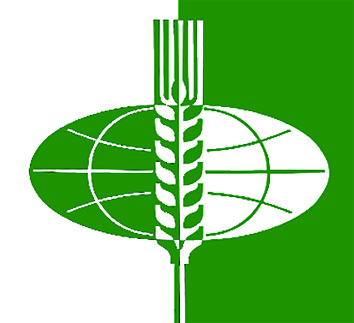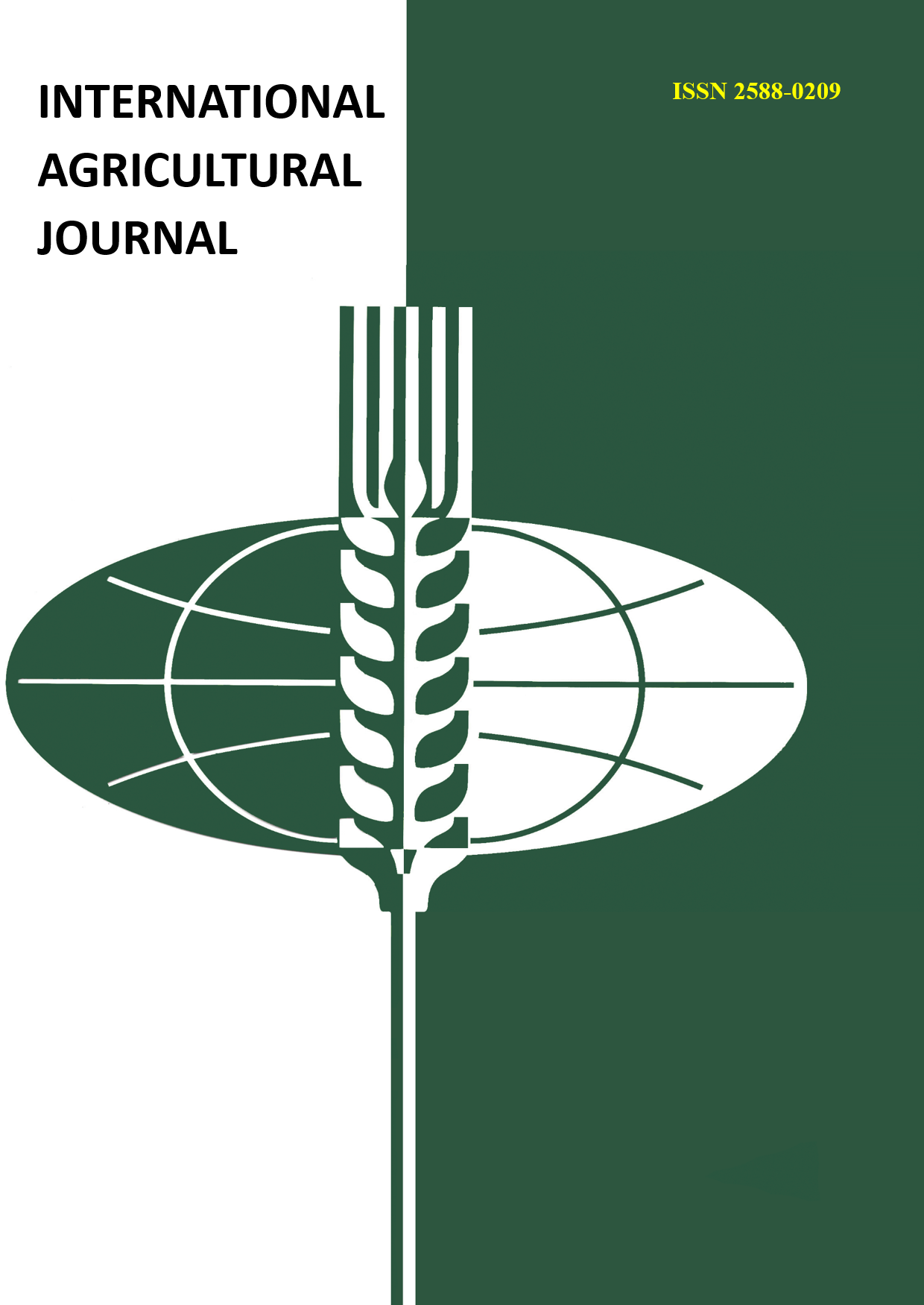The Karelian type of the Ayrshire breed of cattle was bred as a result of over 30-year long selection work using the method of purebred breeding using bulls of Finnish and domestic selection. The principal selection indicators when selecting the breeding stock were the volume of milk yield, contents of protein and fat in the milk. Further improvement of the inner breed type determines the necessity of searching genetic factors of natural resistance for using them as a selection indicator. The co-dominant form of inheriting the blood type presents a convenient genetic model for studying associations with disease incidents. At the example of one of the breeding farms of the Republic of Karelia, a retrospective analysis was conducted revealing the causes of dairy cows’ morbidity to establish genetic determination of diseases. Processing of the experimental materials was conducted by using methods of cluster, factor and discriminating analysis, which allowed not only for not grouping the numerous population (441 species) according to homogeneity of manifestations of zootechnical indicators, but also to establish the structure of connections between the researched variables (life longevity, milk production, contents of fat, live weight, and age of the first calving, alleles, and the reasons for disposal). The step-by-step discriminative analysis confirmed by 97,73 % the reliability of dividing the animals into three groups (clusters). Among the principal discriminators dividing the cows reliably were: life expectancy, productivity, live weight and age of the first calving. The use of factor analysis established the direct unidirectional connection between the allele of EAB-system and the reason for the animal withdrawal. The most common alleles of EAB-system in animals removed due to widespread diseases (diseases of limbs, udder and metabolism). By the frequency of alleles, we made an assumption that in animal carriers of allele В1I1P1A’1G’’ the aforementioned diseases develop at a later stage of life. On the contrary, cows-carriers of allele B1Q’I’’ are subject to them in earlier periods of life. Hypothetically, animal carriers of alleles QAֹ’1E’3F’2 and I’ are resistant to limb diseases, O2P1P2I’1, PI’, P2I’, Q, A’1I’’, I’ – of metabolism, carriers of alleles O2P1P2I’1, A’1I’’– to udder diseases. There was a selection method suggested to improve the inner-breed Ayrshire cattle – forming a relatively homogenous stock by longevity of using highly productive animals resistant to diseases on the basis of optimization of choosing parent couples with regard to marker genes.
Ayrshire breed of cattle, genetic markers, factor, cluster, discriminating analysis, selection.














